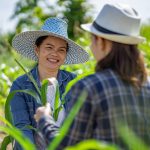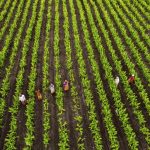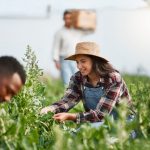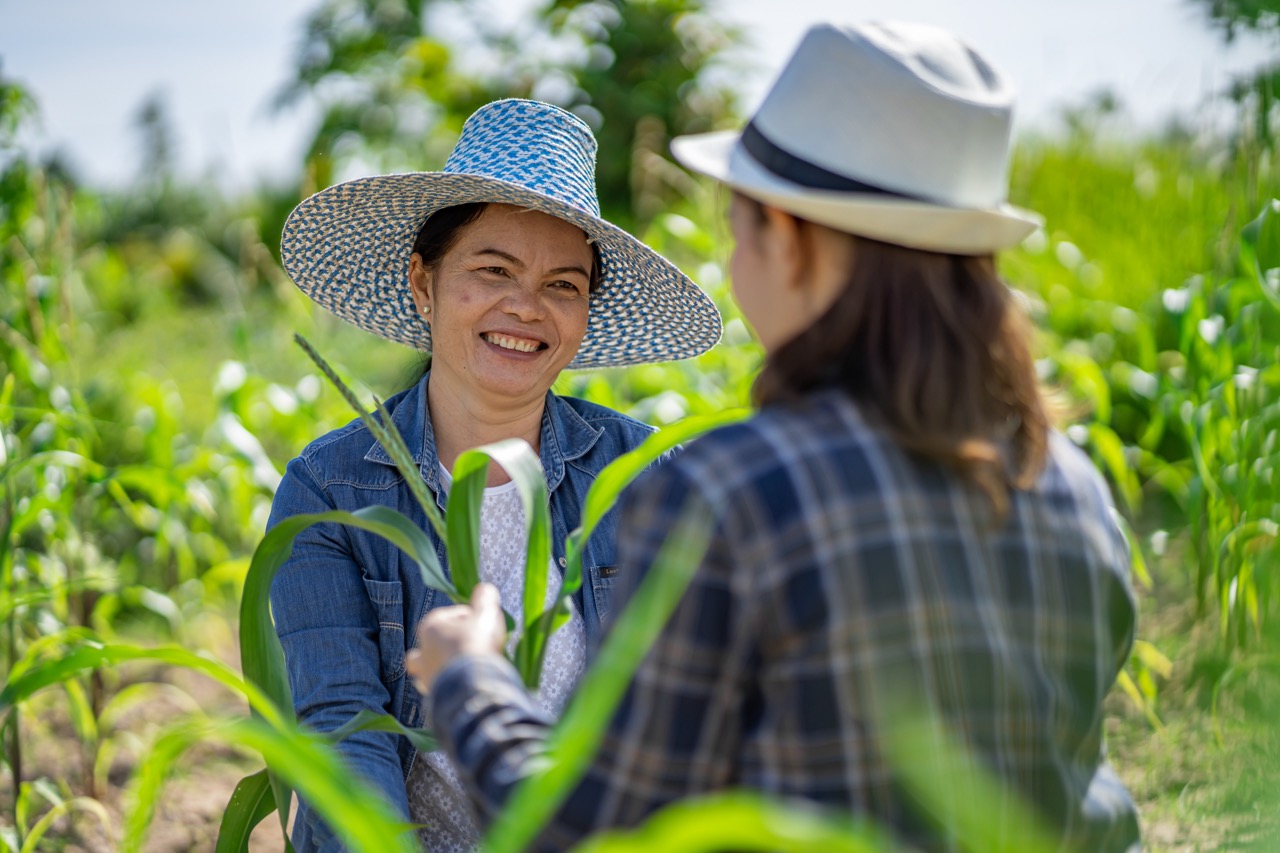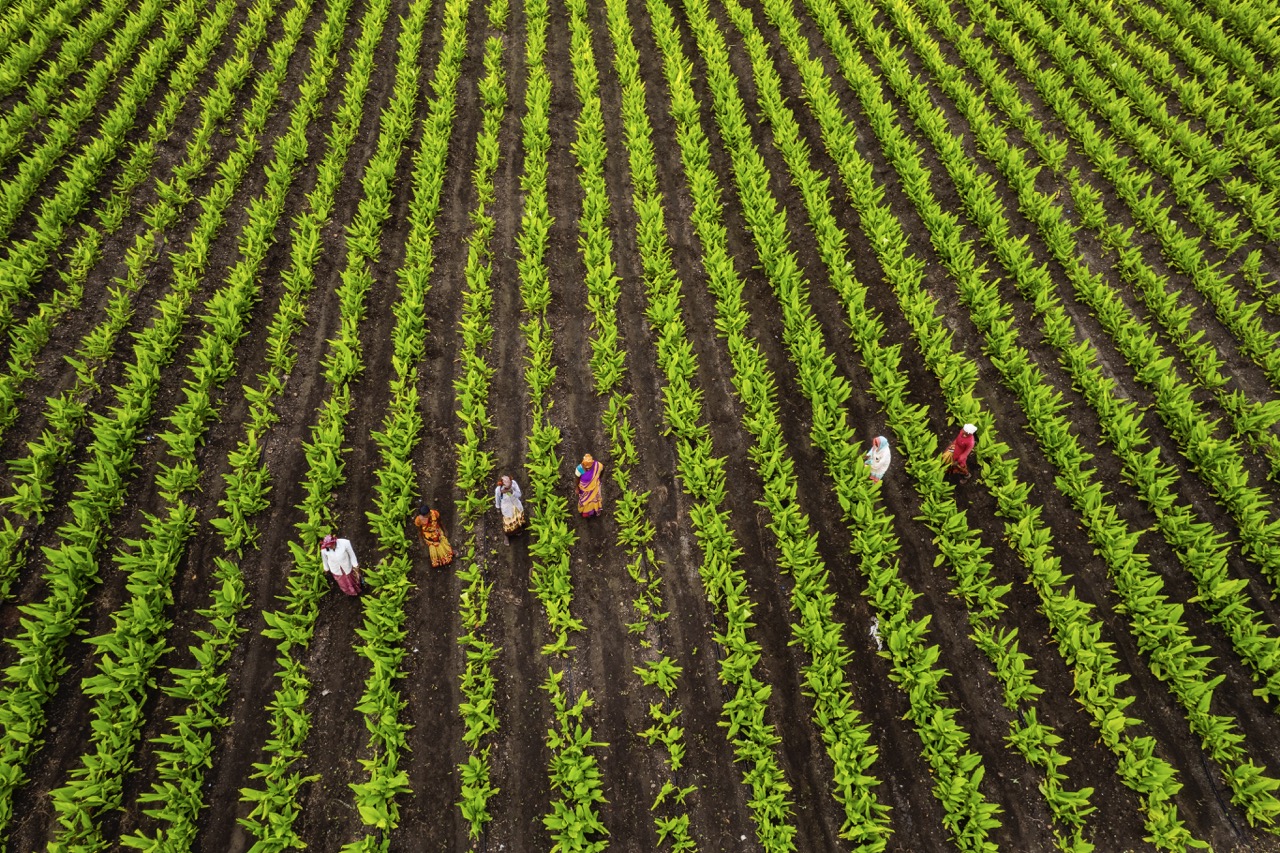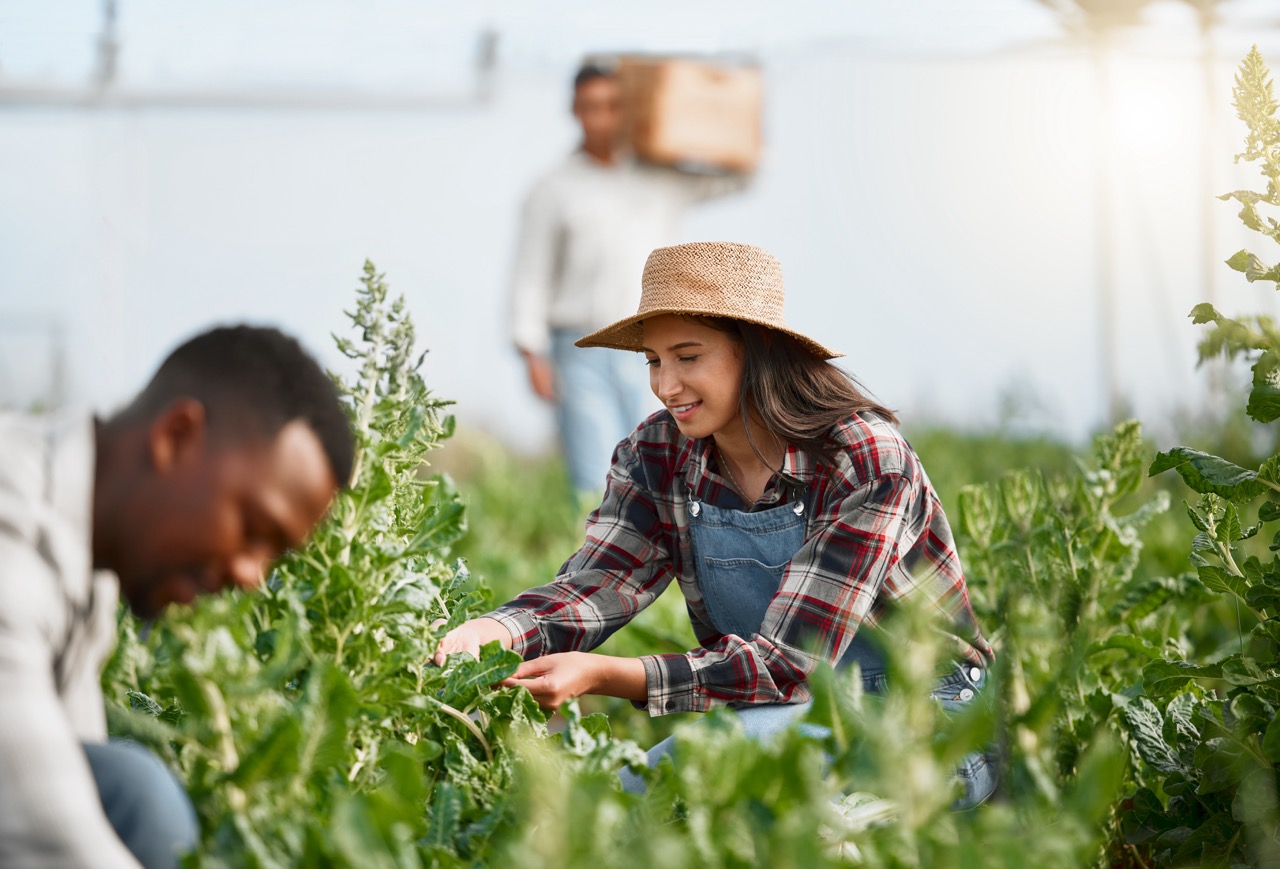As the world grapples with the challenges of climate change and the need for sustainable farming practices, sharecropping emerges as a model that not only supports small-scale farmers but also promotes ecological stewardship. This traditional agricultural system, where landowners provide land to farmers in exchange for a share of the crop, can be leveraged to encourage sustainable farming methods. By focusing on small-scale production, sharecropping facilitates environmentally friendly practices that benefit both the land and the communities involved.
Understanding Sharecropping: A Sustainable Farming Model
Sharecropping is often misunderstood as a relic of a bygone era, but its principles remain relevant in today’s farming landscape. At its core, sharecropping provides a framework for land access, allowing individuals without their own land to cultivate crops. This arrangement can lead to greater diversity in crop production, as farmers are incentivized to explore various sustainable practices that enhance soil health and biodiversity. By fostering a connection between small farmers and the land they work, sharecropping promotes a more sustainable agricultural model.
Moreover, sharecropping encourages cooperative relationships among farmers, landowners, and local communities. In many cases, landowners are invested in the success of their sharecroppers, leading to a collaborative environment where sustainable techniques are shared and implemented. This mutual dependence can enhance local food systems, encouraging farmers to adopt practices that protect the environment, such as crop rotation, organic farming, and integrated pest management, which reduce reliance on harmful pesticides and fertilizers.
The practice of sharecropping also aligns with the principles of agroecology, which emphasizes the importance of ecological interactions and biodiversity. By empowering small farmers to make decisions about their farming practices, sharecropping can lead to innovations that prioritize sustainability. This decentralized approach allows farmers to tailor their techniques to specific local conditions, enhancing their resilience to climate change and ensuring that practices remain sustainable over time.
The Role of Sharecropping in Supporting Small Farmers
Sharecropping plays a critical role in providing small farmers with access to land and resources they would otherwise lack. Many smallholders face barriers to entry in the agricultural sector, including high land prices and limited access to credit. By participating in sharecropping arrangements, these farmers can cultivate crops without the burdens of land ownership. This access not only promotes economic viability but also encourages farmers to invest in sustainable practices, knowing they have the potential to benefit directly from their efforts.
Additionally, sharecropping can create local economic networks that strengthen rural economies. When small farmers thrive, they contribute to local markets and supply chains, promoting food security in their communities. Sharecropping arrangements often lead to knowledge transfer between experienced landowners and novice farmers, fostering a culture of learning that emphasizes sustainable farming techniques. This not only improves the farmers’ practices but also enhances their capacity to respond to market demands and environmental challenges.
Furthermore, sharecropping can serve as a stepping stone for farmers looking to transition to full ownership of their land. Many sharecroppers begin their journey in agriculture through this model, gaining invaluable experience and building capital along the way. As they cultivate their skills, they may eventually seek to purchase land or enter into more formal agricultural agreements. This pathway fosters a new generation of sustainable farmers who are equipped to manage land responsibly and adapt to changing agricultural landscapes.
Economic Benefits of Sustainable Practices in Sharecropping
The economic viability of sharecropping under a sustainable farming model is increasingly recognized. Sustainable practices, such as organic farming and permaculture, can yield higher prices on the market due to the growing consumer demand for environmentally friendly products. Sharecroppers who adopt these methods can benefit from premium pricing, which can improve their profit margins and provide a more stable income stream. This economic incentive encourages farmers to invest in sustainable practices, ultimately contributing to better environmental outcomes.
Moreover, sustainable sharecropping can reduce the costs associated with traditional farming practices. By minimizing the use of synthetic fertilizers and pesticides, farmers can lower their input costs while enhancing soil health and productivity. Techniques such as cover cropping and composting promote nutrient cycling and improve soil structure, resulting in increased yield over time. This reduced reliance on external inputs not only supports the economic stability of sharecroppers but also aligns with sustainable farming principles that prioritize ecological balance.
The economic benefits of sharecropping extend beyond individual farmers to the broader community as well. By contributing to local food systems, sharecroppers enhance food security and stimulate local economies. Additionally, sustainable farming practices can lead to job creation in rural areas, as the demand for labor-intensive organic farming increases. This holistic approach to agriculture ensures that sharecropping remains a viable and economically beneficial model for small-scale farmers in an increasingly sustainability-focused market.
Future of Agriculture: Sharecropping and Sustainability Trends
The future of agriculture is increasingly intertwined with sustainability and the need for resilient farming practices. As climate change continues to pose challenges to traditional agricultural methods, sharecropping offers a viable solution that promotes environmental stewardship and social equity. The growing focus on local food systems and sustainable sourcing is likely to position sharecropping as an essential model for future agricultural practices.
Emerging trends in agriculture, such as regenerative farming and agroforestry, are also finding a place within the sharecropping framework. These practices emphasize restoring ecosystems while producing food, and sharecropping can facilitate the implementation of such strategies by providing small farmers with the land and resources they need to innovate. As consumer preferences shift towards transparency and sustainability, sharecroppers who embrace these trends will likely play a pivotal role in the agricultural landscape.
Looking ahead, the collaboration between policymakers, landowners, and farmers will be crucial in ensuring the success of sharecropping as a sustainable farming model. Supportive policies, such as land access initiatives and financial assistance for sustainable practices, can help secure the future of small farmers engaged in sharecropping. By fostering an environment that values sustainable agriculture, we can harness the potential of sharecropping to contribute to a more resilient and equitable food system.
In conclusion, sharecropping stands at the intersection of small-scale farming and sustainability, providing a model that can adapt to the ever-evolving agricultural landscape. By supporting small farmers and promoting sustainable practices, sharecropping not only encourages environmental stewardship but also fosters economic vitality within communities. As the world moves towards a more sustainable future, the principles inherent in sharecropping may offer valuable insights into how we can cultivate a resilient and equitable agricultural system for generations to come.
